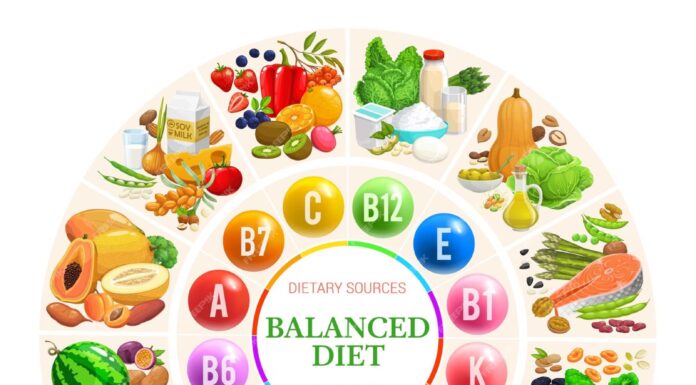1.Build your plate around healthy choices. Start by filling half your plate with fruits and vegetables. Fill in the rest of your meal with a selection of proteins, whole grains and dairy.makes it simple by offering suggestions of food serving sizes, health benefits, and tips for each food group.
- Stay Hydrated. Water, clear non-caffeinated beverages, and food Stay Hydrated. Water, clear non-caffeinated beverages, and food all count toward your daily fluid intake. Avoid sports drinks or sodas with high sugar content and select water-rich fruits and vegetables for snacks. Begin each morning by drinking a full glass of water and continue the trend throughout the day, including at mealtimes. Men should aim to drink at least twelve, 8-ounce glasses of water per day; women should aim to drink at least nine, 8-ounce glasses of water per day. Drinking fluids throughout the day versus all at once will help your body cells absorb the water gradually without adding stress to your kidneys.
3-Limit alcohol intake. If you drink alcoholic beverages, the Dietary Guidelines for Americans suggest you do so in moderation―no more than one drink per day for women and no more than two drinks per day for men. That equates to 12-ounces of beer; 8-ounces of malt liquor; 5-ounces of wine; or 1.5-ounces of a shot of 80-proof distilled spirits or liquor (e.g., gin, rum, vodka or whiskey).
4.Avoid/quit tobacco usage. No list would be complete without acknowledging the innumerable reasons why the use of tobacco is unhealthy. If you are a smoker, it’s likely you will find this habit one of the hardest to change. Talk with your company about tobacco cessation programs.
- Walk more. Opportunities to walk are everywhere we turn―whether that means taking a 10-minute walking break at the office or choosing stairs over elevators. These short increments of activity can increase blood flow; releasing hormones that help us manage stress, increase alertness and burn calories.
- Choose physical activities you enjoy. Experts suggest adults should set a goal of at least 30 minutes of moderate-intensity activity each day of the week—whether that means 30 minutes at a time or broken into 10-minute intervals three times per day. Find an activity that you enjoy doing, and you will look forward to exercising.
7- Wash your hands. The number one way to minimize the spread of germs is by thoroughly washing your hands. It’s the simplest step toward limiting infection to you and to others. Using soap and water remains the most effective method of hand washing. When soap and water aren’t readily available, an alcohol-based hand sanitizer (with at least 60% alcohol) is the recommended back-up plan.
8.Develop healthy sleep habits. Adhering to a sleep schedule or bedtime rituals can reinforce your body’s “sleep-wake” cycle, such as consistently going to bed and getting up at the same time every day. The addition of relaxing rituals, such as reading a book or listening to music, also allow your body to wind down at the end of the day.
9.See your primary care physician regularly. A primary care physician will help you stay healthy, manage illness and prevent disease. Ask your doctor for a list of general health screening recommendations to prioritize the need for scheduling an appointment.
10.Set goals and work toward achieving them when setting your goals in order to provide specific direction and achieve measurable results. These are the kind of goals that you are more likely to adopt as part of a long-term commitment to better health and wellness




























